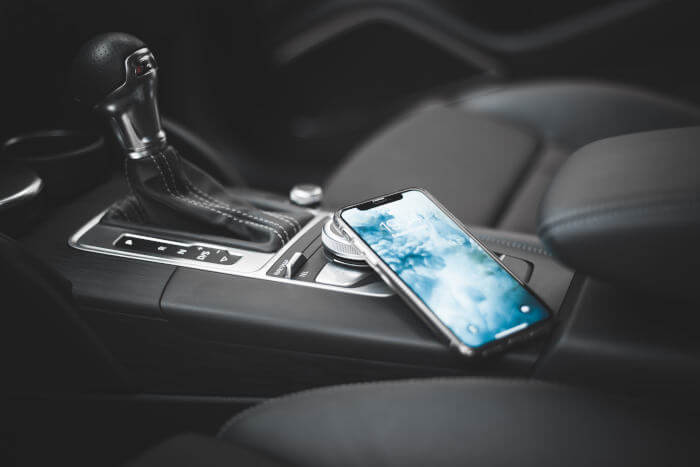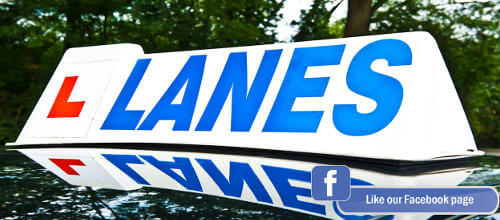
Before you were considering learning to drive, did you ever spend your time in the car watching your parents shifting gears and feeling daunted by what it was all doing? Often, this act – of what seems like a complicated mess – can put drivers off of learning in manual vehicles and point them straight to the direction of automatic cars. It is natural for us as humans to look for the simpler ways around life, but it is important that you don’t limit your future opportunities. Today, we take a look at the pros and cons of both manual and automatic cars, allowing you to make a well-informed decision on your future of driving.
First of all, lets explain the differences between a manual and auto vehicle:
- Automatic cars have the ability to drive without you needing to change gears. Your gear stick will be for use of stopping, driving and parking. For these vehicles, you will only require two pedals, the brake and the accelerator. Your driving instructor will have these pedals mirrored on their side of the car for assistance during your lessons.
- Manual cars have a gear system which you must operate yourself, hence the term ‘manual’. For this you will require 3 pedals, the brake and accelerator, along with a clutch pedal. Your driving instructor will have these pedals mirrored on their side of the car for assistance during your lessons.
With the progression of cars today, it is apparent that in the near future, the majority of cars will become automatic, allowing them to fit in with the electric driving systems. However, this point in time is not yet upon us and the future progression of the manual to automatic shift is only estimated, so we are able to make the decision between manual or auto.
One of the main points to consider when learning to drive is that, if you opt to take your lessons in an automatic and pass your practical test with this vehicle, you will be unable to drive a manual car in the future unless you retake a practical manual test. You should think about whether this will limit you in the future when it comes to your job or vehicle choices.
However, if you fail to pass your test in a manual, you will be offered the option of attempting to take it in an automatic, as it will free up additional thought space in your brain, allowing you to focus on the road and your surroundings. You may also be offered lessons in an automatic car if you have certain disabilities of which would benefit from the limited pedals and gear shifting.
Taking a test in an automatic vehicle could get you out onto the roads sooner, which could be beneficial if you require a faster pass time to fit in with your lifestyle.
Although it can’t be said for definite, there are some case studies that suggest insurance is cheaper for a manual vehicle than it would be for an auto, mainly due to the cost of repair work for the parts of an automatic car and engine being more expensive, placing them into a higher vehicle group.
In conclusion, there is no right or wrong when it comes to choosing which vehicle you would like to learn in. It is all down to personal preference. Here at Lanes School of Driving, we would recommend that all learner drivers attempt the learning phase within a manual vehicle as this would prevent you from becoming limited on your future choices, cause you to have to re-take you practical driving test in the near future and could provide you with better insurance or repair work costs.
For more advice on your steps into learner driving, please do not hesitate to get in touch with us here at Lanes School of Driving by calling 020 8166 5678 or emailing us at and we will be happy to put our 100 years of experience into advising and assisting you.

